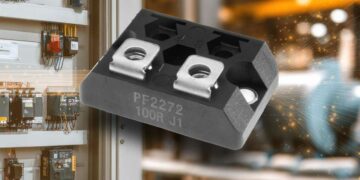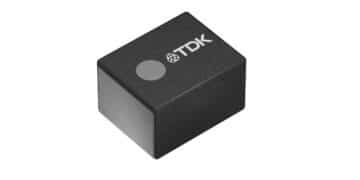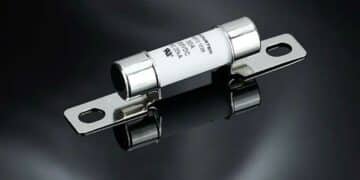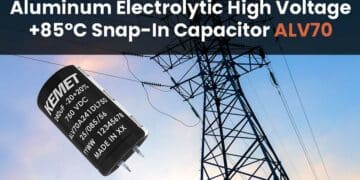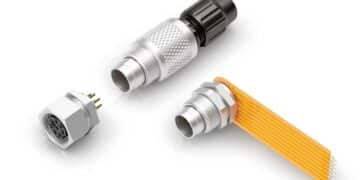- Latest
- Trending
[vc_row full_width=”stretch_row_content_no_spaces” vc_row_background=”” css=”.vc_custom_1519702171729{margin-top: -20px !important;}”][vc_column offset=”vc_hidden-lg vc_hidden-md vc_hidden-sm”][vc_empty_space height=”20px”][/vc_column][vc_column]
SCHURTER unveils new ADO series fuses for high-performance electric vehicle applications. SCHURTER announces the launch of its innovative ADO series fuses, specifically designed for direct current systems up to 1000 Read the original post at SCHURTER Unveils High Voltage Fuses for EV Applications
YAGEO Group launches industry’s first 750V high voltage aluminum capacitors. The ALV70 series, marking a milestone as the first aluminum electrolytic capacitors in the market to achieve a 750V voltage Read the...
binder introduces M9 compact circular connector solutions for demanding applications. binder, a leading provider of high-quality circular connectors announces its M9 portfolio, designed to meet the needs of reliable electrical Read the...
Smoltek is pleased to announce a significant milestone in the development of next-generation CNF-MIM wafer based capacitors. The latest prototypes of the capacitors have demonstrated exceptional stability under both temperature Read the...
Electronics Supply Chain Weekly Digest 6-27-25. DATAPOINT OF THE WEEK: New car registrations in Europe increased 1.9% Y/Y and 3.3% M/M in May off a lower base following a 24.4% Read the...
Knowles Precision Devices issues a new ebook, Supercapacitors in Power System Design, which explores how supercapacitors are transforming energy storage strategies across industries. From EVs and industrial automation to renewable Read the...
TDK introduces new 100-V MLCC ceramic capacitors for commercial applications with 1 μF capacitance in 1608 case size (achieving large capacitance) that contributes to the reduction of component count and Read the...
YAGEO Group Expands TPI Series SMD Ferrite Core Inductors to Meet Growing Power Demands of Next-Generation Computing Platforms. YAGEO Group announces the expansion of its TPI Series Surface-Mount Device (SMD) Read the...
KEMET, YAGEO Group unveils A798 Plus Performance AO-CAP® aluminum polymer SMD chip capacitors with extended lifetime capabilities. KEMET, YAGEO group announces the launch of the A798 Plus Performance Aluminum Organic Read the...
TDK introduces 20 and 40A, 80Vdc board-mount EMI Filters, reducing differential mode conducted emissions for switching power supplies with high input current requirements. TDK Corporation announces the introduction of the Read the original post at TDK Introduces High Current 80VDC Board-Mount EMI Filters
Bourns announces high heat tolerant thick film resistor series in a compact TO-227 package. The PF2270 Series power film resistors provide superior power dissipation and thermal efficiency for motor drives, Read the original post at Bourns Releases High Heat Tolerant TO-227 Thick Film Resistor
TDK expands its thin-film power inductors for automotive applications to higher currents. The new types offer 16% higher rated current and 31% lower DC resistance compared to conventional products. Highly Read the original post at TDK Increases Current Ratings of Automotive Thin-Film Power Inductors
Sumida introduces new WCNFC series of wound chip structured DC common mode choke coils. Sumida, a leading innovator in electronic components, announces the launch of its new WCNFC series of Read the original post at Sumida Announces New DC Common Mode Choke Coil Series
Designed to facilitate the continued evolution of high-frequency wireless systems in various market segments, the new DB0402 3dB 90° hybrid couplers provide repeatable high-frequency performance and continuous power handling in Read the original post at KYOCERA AVX Releases New 3dB Hybrid Couplers
